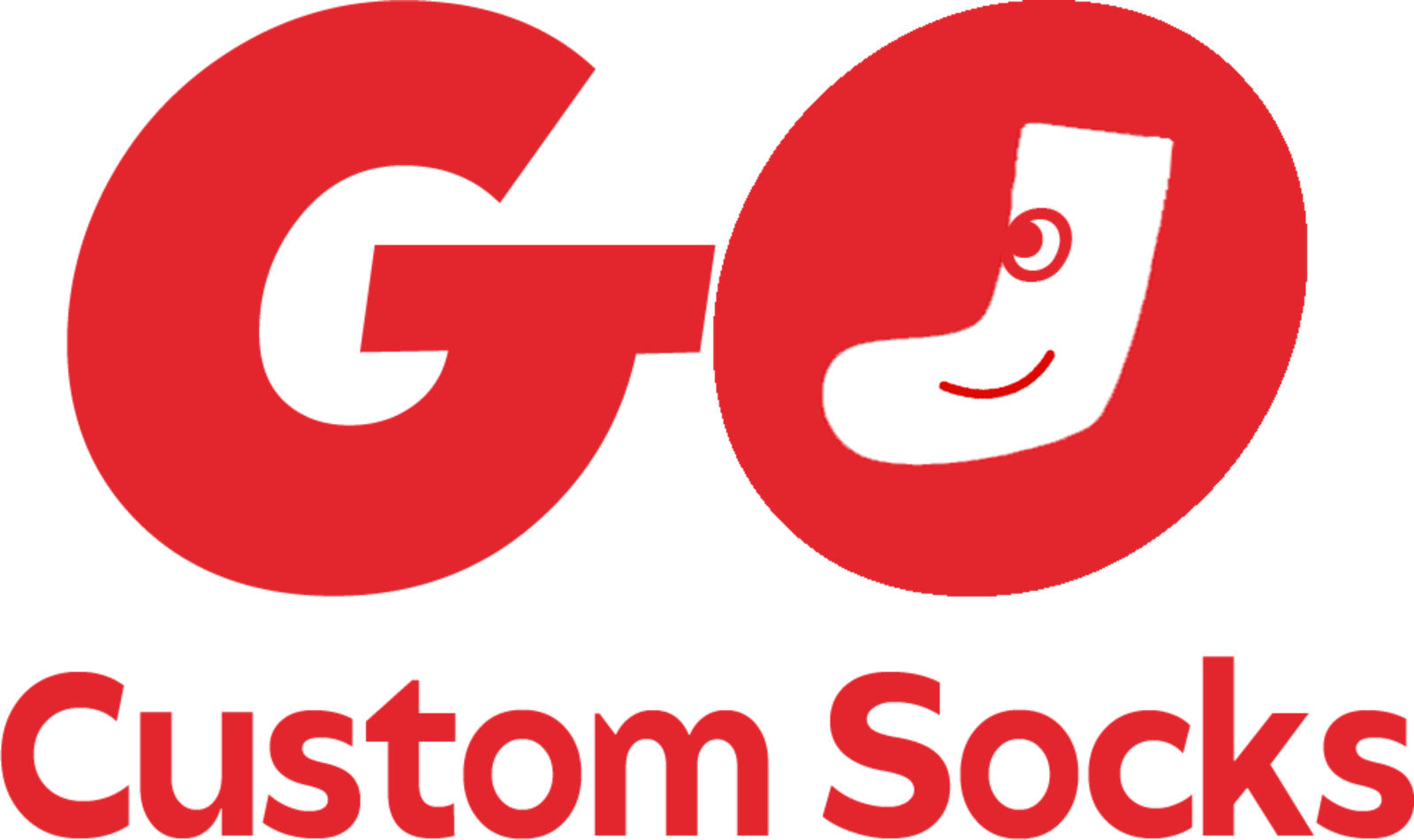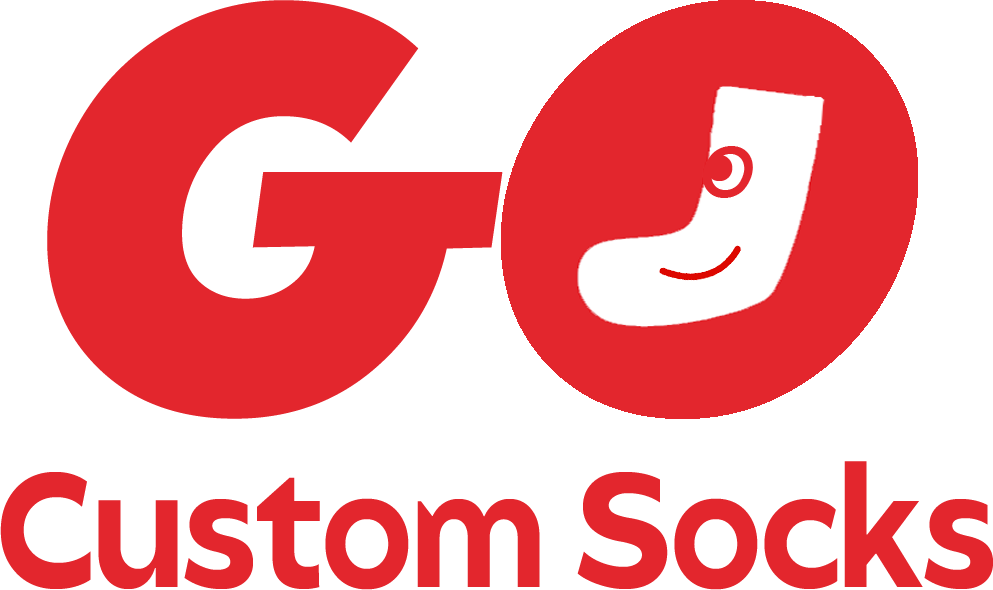In today’s rapidly evolving business landscape, efficient supply chain management is critical for success. Companies across industries are constantly seeking innovative strategies to streamline their operations, reduce costs, and maximize component efficiency. For GoCustomSocks, a leader in the custom sock manufacturing industry, implementing effective stocking distributor strategies is not just a necessity but a competitive advantage. This article delves into the actionable strategies that GoCustomSocks employs to maximize component efficiency, while also exploring broader industry trends that can inspire similar businesses to optimize their operations.
Understanding the Role of Stocking Distributors
Stocking distributors act as intermediaries between manufacturers and end-users, ensuring the availability of critical components and supplies. They play a pivotal role in maintaining seamless operations by managing inventory, forecasting demand, and providing logistical support. For GoCustomSocks, stocking distributors are the backbone of their supply chain, ensuring that raw materials such as yarns, dyes, and packaging materials are always available in the right quantities and at the right time.

In the custom sock industry, where customer demands can vary widely in terms of design, size, and material preferences, the role of stocking distributors becomes even more crucial. Efficient stocking distributor strategies enable companies like GoCustomSocks to meet tight production deadlines, minimize waste, and keep costs under control.
Key Strategies for Maximizing Component Efficiency
1. Collaborative Forecasting and Demand Planning
One of the most effective ways to maximize component efficiency is through collaborative forecasting and demand planning. By sharing sales data, market trends, and customer preferences with stocking distributors, GoCustomSocks can accurately predict future demand for raw materials. This ensures that distributors can maintain optimal inventory levels, reducing the risk of stockouts or overstocking.
For instance, during peak seasons such as holidays or special promotional campaigns, GoCustomSocks works closely with their distributors to anticipate spikes in demand. This proactive approach not only ensures timely delivery of components but also minimizes the costs associated with rush orders and expedited shipping.
2. Just-in-Time (JIT) Inventory Management
Just-in-Time inventory management is a strategy that focuses on receiving components only as they are needed in the production process. This minimizes inventory holding costs and reduces the risk of obsolescence. GoCustomSocks has successfully implemented JIT practices by leveraging advanced inventory management systems and maintaining strong communication with their stocking distributors.
For example, by integrating their production schedules with distributor systems, GoCustomSocks can trigger automatic replenishment orders based on real-time usage data. This ensures that materials are delivered precisely when needed, without the need for excessive storage space or capital tied up in inventory.
3. Leveraging Technology for Supply Chain Visibility
In the digital age, technology plays a vital role in enhancing supply chain visibility and efficiency. GoCustomSocks utilizes advanced software solutions to monitor inventory levels, track shipments, and analyze supplier performance. These tools provide valuable insights that enable the company to make data-driven decisions and optimize their stocking distributor strategies.
For instance, by using predictive analytics, GoCustomSocks can identify potential supply chain disruptions and take proactive measures to mitigate risks. Additionally, real-time tracking systems allow the company to monitor the movement of components from distributors to manufacturing facilities, ensuring timely delivery and reducing lead times.
4. Diversifying Supplier Relationships
Relying on a single distributor for critical components can be risky, especially in the face of unforeseen disruptions. To mitigate this risk, GoCustomSocks has adopted a strategy of diversifying their supplier relationships. By partnering with multiple stocking distributors, the company ensures a steady supply of materials even in the event of delays or shortages from one source.
This approach also fosters healthy competition among distributors, encouraging them to offer competitive pricing and superior service. Moreover, having multiple suppliers allows GoCustomSocks to access a wider range of materials and innovations, enabling them to stay ahead of industry trends and cater to evolving customer preferences.
5. Emphasizing Sustainability in Supply Chain Practices
As environmental concerns continue to gain prominence, sustainability has become a key focus area for businesses worldwide. GoCustomSocks is committed to incorporating eco-friendly practices into their supply chain operations, including their stocking distributor strategies. By sourcing materials from distributors who prioritize sustainability, the company not only reduces its environmental footprint but also appeals to environmentally conscious consumers.
For example, GoCustomSocks collaborates with distributors who offer organic and recycled yarns, as well as eco-friendly packaging materials. Additionally, the company encourages distributors to adopt green logistics practices, such as optimizing transportation routes and using energy-efficient vehicles, to further reduce carbon emissions.
Industry Trends Shaping Stocking Distributor Strategies
While the strategies outlined above are specific to GoCustomSocks, they are also reflective of broader trends shaping the role of stocking distributors across industries. Here are some key trends that businesses should consider when developing their own strategies:
1. The Rise of Automation and Robotics
Automation and robotics are revolutionizing supply chain operations, enabling companies to achieve unprecedented levels of efficiency and accuracy. From automated inventory management systems to robotic picking and packing solutions, these technologies are transforming the way stocking distributors operate. For GoCustomSocks, investing in automation has streamlined their production processes and reduced labor costs, allowing them to deliver high-quality products at competitive prices.
2. The Growing Importance of Data Analytics
Data analytics is becoming increasingly important for optimizing supply chain performance. By analyzing historical data and identifying patterns, businesses can make informed decisions about inventory levels, supplier selection, and distribution strategies. For example, GoCustomSocks uses data analytics to identify trends in customer preferences, enabling them to stock the most in-demand materials and minimize waste.
3. The Shift Towards Omnichannel Distribution
With the rise of e-commerce and changing consumer expectations, omnichannel distribution has become a key focus area for businesses. This involves integrating multiple distribution channels, such as online platforms, retail stores, and direct-to-consumer models, to provide a seamless customer experience. For GoCustomSocks, omnichannel distribution has opened up new opportunities to reach a wider audience and enhance customer satisfaction.

4. The Impact of Globalization and Geopolitical Factors
Globalization has expanded the reach of stocking distributors, enabling businesses to source materials from around the world. However, it has also introduced new challenges, such as geopolitical tensions, trade restrictions, and currency fluctuations. To navigate these complexities, GoCustomSocks works with distributors who have a deep understanding of international markets and can provide reliable support in navigating global supply chains.
Conclusion
Maximizing component efficiency is a critical aspect of supply chain management, and stocking distributors play a central role in achieving this goal. For GoCustomSocks, implementing strategies such as collaborative forecasting, JIT inventory management, and leveraging technology has enabled them to optimize their operations and deliver exceptional value to their customers.
As industry trends continue to evolve, businesses must remain agile and adapt their stocking distributor strategies to stay competitive. By embracing innovation, fostering strong partnerships, and prioritizing sustainability, companies can not only enhance their supply chain efficiency but also contribute to a more resilient and sustainable future.
Whether you’re in the custom sock industry like GoCustomSocks or operate in a different sector, the principles outlined in this article can serve as a valuable guide for maximizing component efficiency and achieving long-term success.


